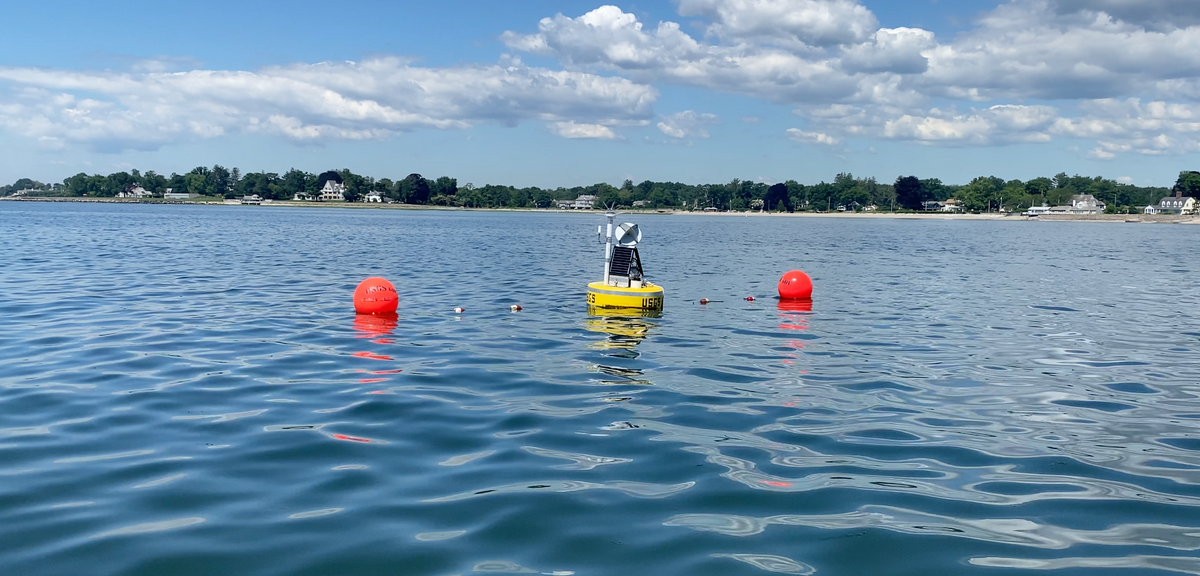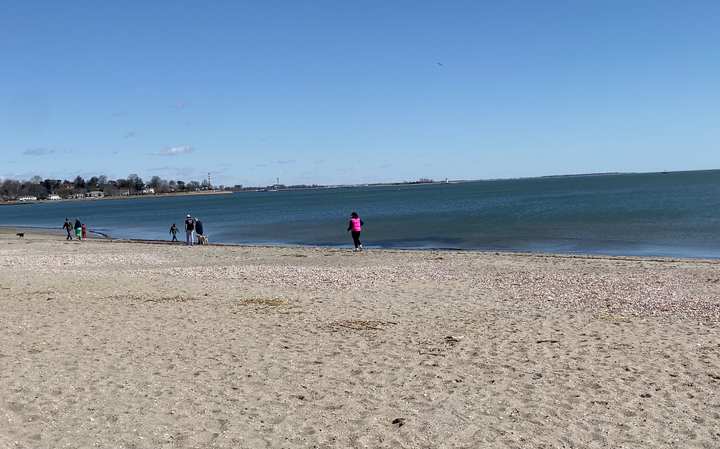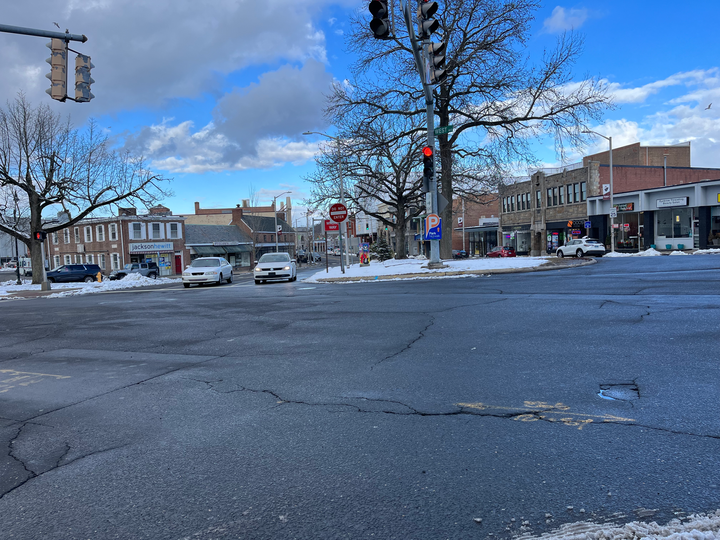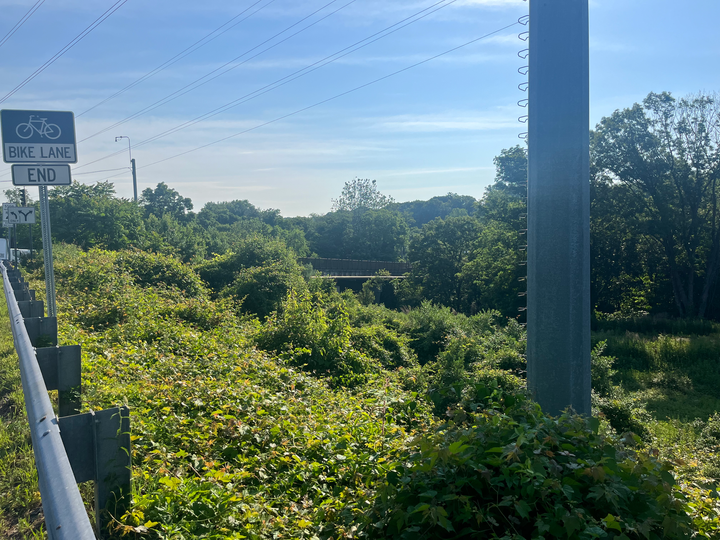Exploring the Long Island Sound
Because of the Long Island Sound’s importance to our region and to the state as a whole, we’re diving into a series of pieces on the Sound and its impact, relationship, and effect on our communities.

The Long Island Sound is essential to Connecticut. The Sound spans more than 1,300 square miles, from New York to the end of Connecticut, and is located in a “highly urbanized, highly populated area of the United States, with an estimated 23.8 million people living within 50 miles of its shores,” according to the Long Island Sound Blue Plan, an effort by the state to “develop a comprehensive marine spatial plan for Long Island Sound to guide future development and permitting of the Sound's waters and submerged lands.” It’s also home to many key habitats for fish, birds, mammals, and invertebrates.
Economically, the Sound contributes about $9.4 billion annually to the regional economy, while creating thousands of jobs, according to the Blue Plan. Recreationally, thousands of people swim, fish, and sail in its water, while even more play, relax, and eat along its shores. Environmentally, the Sound is home to hundreds of ecosystems and its coastline serves both as a barrier—and a challenge—against stronger and stronger storms.
Coastal Connecticut Times serves communities along the Sound’s coast—Greenwich, Stamford, Darien, Norwalk, Westport, and Fairfield—which all depend on the Sound in a variety of ways. For example, in Darien, the 1.5+ miles of “pristine” coastline along Long Island were cited as a huge factor in the town’s purchase of the Great Island property.
Because of the Sound’s importance to our region and to the state as a whole, we’re diving into a series of pieces on the Sound and its impact, relationship, and effect on our communities.
Our first piece focuses on: The Water Quality of the Sound.
Future stories will include:
The Economics of the Sound
The Health of the Sound
A Changing Sound—The Impact of Weather and Climate Changes
And more!
To stay up-to-date on all the latest with this series, subscribe to our newsletter, The What.



